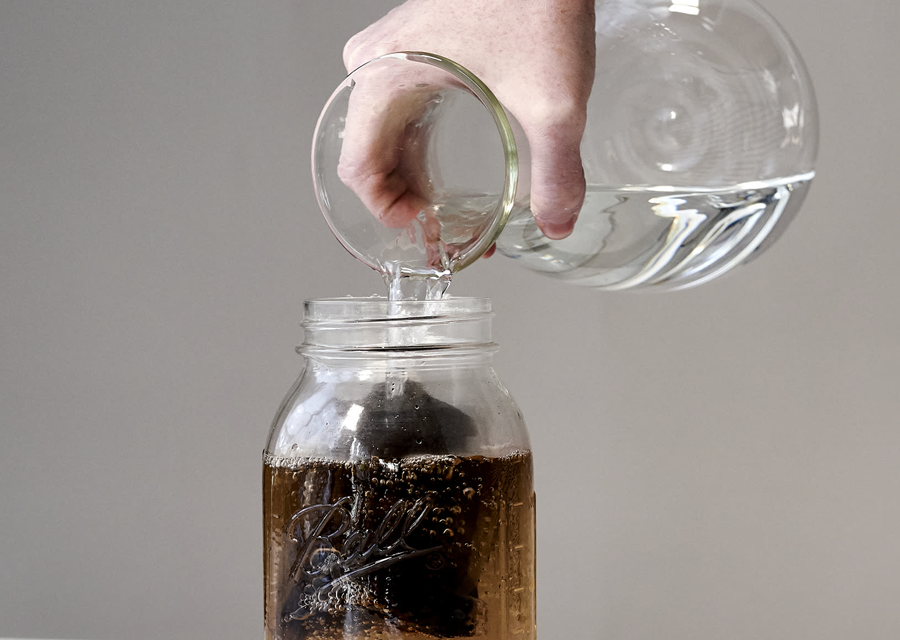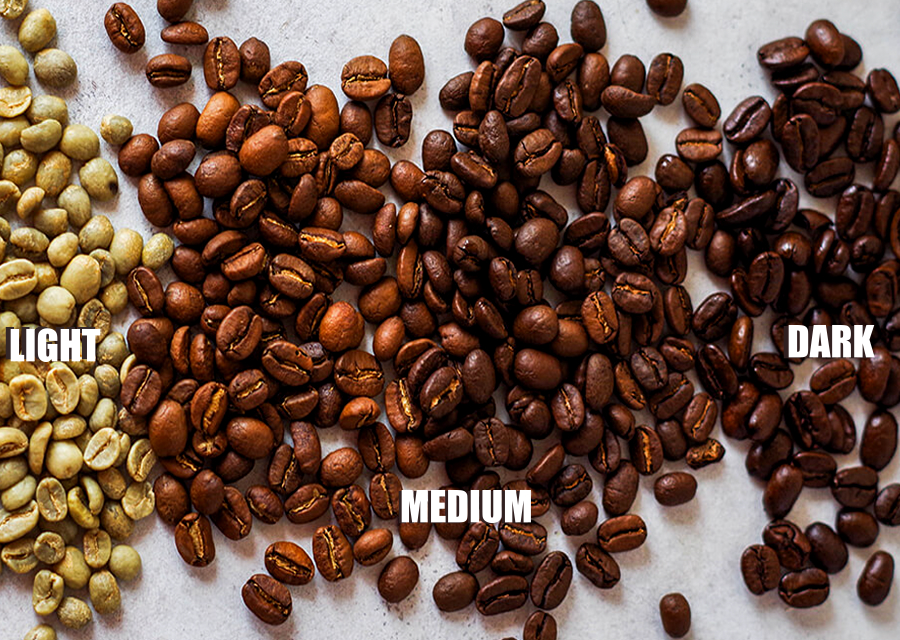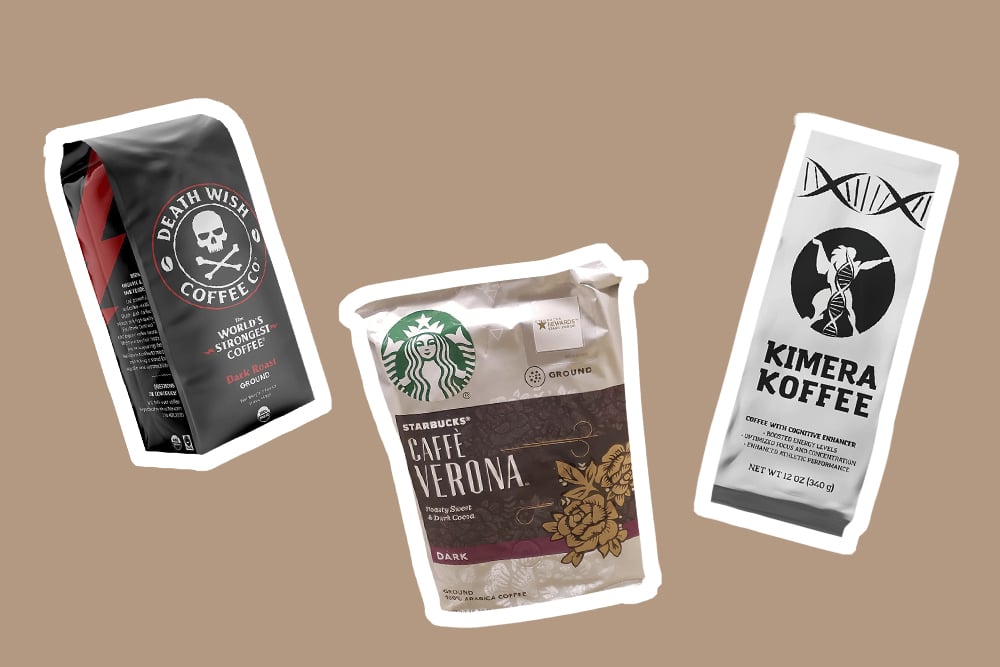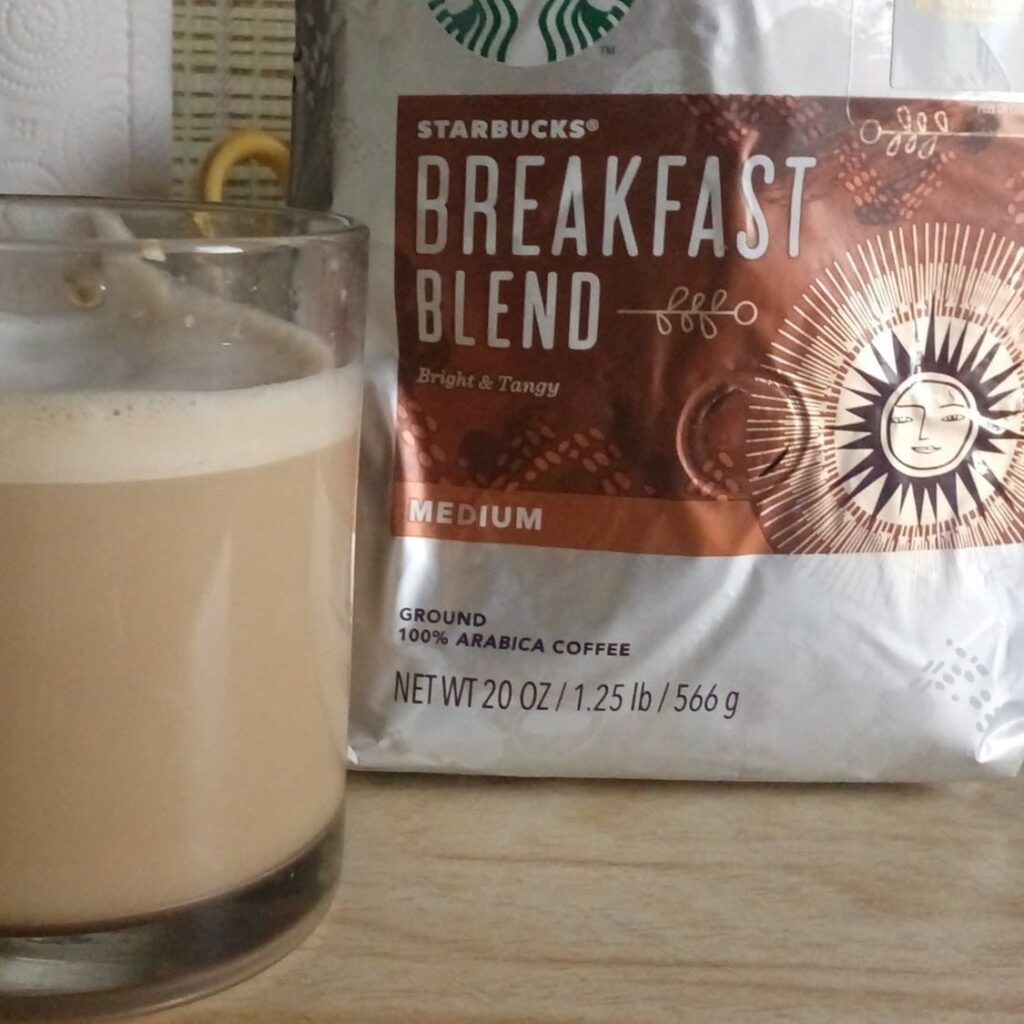

If you’ve given the whole coffee thing a try, and you just can’t get past the bitter acidity, you’re not alone. There are quite a number of people who claim to hate coffee due to its bitterness. But if you’re determined to get into coffee drinks, or you already like it but still think it’s too acidic, there’s good news. This article will go over how to make coffee less acidic and all the options you have available.
Coffee is very acidic, and because of that, it can cause heartburn in more sensitive drinkers. While some acid in your coffee is important for the flavor, too much can ruin the taste or cause you to pain later on. The health effects of high acidity are well known. Individuals with caffeine sensitivity are likely to develop heartburn after ingesting it. Those with acid reflux or similar conditions should consider reducing their coffee intake or swapping to decaf.
There are six different types of acids in coffee blends. Each one contributes differently to your coffee’s flavor. Chlorogenic acid, citric acid, malic acid, phosphoric acid, acetic acid, quick acid. The latter isn’t usually used in coffee anymore as it’s known to cause digestive issues. You can still find it in dark roasts. While all these acids play an important role in the coffee’s flavor and aroma, too much of it is definitely not a good thing. People with acid reflux, or other related conditions, will fare a lot better with lower acidity levels.
If you want to reduce the acidity of your coffee but you aren’t sure where to begin or what your options are, give this article a quick read. You’ll find many different options to help improve your coffee experience and, hopefully, even convert some coffee haters into long-time coffee fans instead.

Cold brewing your coffee is a really great way to help reduce a bit of that intense acidity. This method can create up to 70% less acidic coffee. This is all thanks to the brewing method. This brew is a lot slower, as it needs to seep for a few hours. When you brew coffee in hot water, it’s more acidic because the hot water breaks up the fatty oils in the beans a lot faster. This causes more acid to get dumped into the coffee.
Similar to the cold brew method, if you want to have your coffee come out much less acidic, then it’s important to brew it at just the right temperature. The higher the temperature of your brew, the more acidic it will be because of the oils breaking down in the high temp. When these oils are broken down, they’re absorbed into the coffee. As these oils are responsible for the acidic levels, along with the amount of caffeine, if you want less acid, you’ll definitely want to prevent this as much as possible.
Stick to light roasts and use water that isn’t quite as hot or even cold. Being mindful of what temperature you brew your coffee at will help you keep those acid levels down. This will improve your health if you’re sensitive to caffeine or have a gastrointestinal issue and also improve the flavor and aroma of the coffee – especially if you’re not too fond of the bitterness.
It may seem odd or counter-intuitive, but adding eggshells into your brew can actually make your coffee less acidic. Eggshells are packed full of calcium, which is alkaline. Alkaline is a base that helps neutralize the acids found naturally occurring in your coffee.
What’s fun about this method is that the calcium that’s leftover after neutralizing the acid will still be in the coffee and will help strengthen your teeth and bones. If you don’t really like milk in your coffee, or you can’t have dairy, this method will be an excellent and super-easy way to increase the amount of calcium in your diet. The best part? You won’t even notice it’s there.
Another seemingly odd choice, adding salt and baking soda to your brew, can also help reduce the acidity. It’s almost like magic, and the chemical reaction neutralizes the acid when the right amount is used.
Like eggshells, baking soda is alkaline. It will be no problem at all for it to neutralize the acid in your coffee. Just add a small pinch to your cup instead of before the brewing to make sure your coffee doesn’t turn out overly salty.
This method is one of the better ones on this list because it’s simple and easy, and also, most people will likely have baking soda in their homes already. This method works best with dark blends.
If you’ve got slightly deeper pockets and extra space in your cabinets, you can opt in to buy products that reduce acidity in your coffee. These products work much the same as the eggshells and baking soda, triggering a chemical reaction via the addition of alkaline to the acid. However, these products are significantly more efficient and can reduce the acid levels in your coffee by up to 90%.

If you’re the type of person who fills up a thermos of coffee before heading out the door in the morning, you might want to rethink this habit. Keeping your coffee hot for longer periods will break down more of the fats and oils, which will flood your coffee with more and more acid over time.
It’s well known that the quality of water used affects the quality of the coffee brewed. Hard water is rich in calcium and other minerals that will combat the acidity by either neutralizing them completely or overpowering the acid, so it’s hardly even noticeable. Soft water doesn’t have many minerals at all but has a high sodium content which can further increase the acidity levels in your coffee.
If you have a coffee maker at home that uses the drip or pour-over methods, using a paper filter will definitely help with the acid levels. The filter will trap a lot of the oils and fats in your coffee, which will help bring the acid levels down by removing the component that causes it. Along with the fats and oils, it’ll filter out the sediment, so you get a smooth beverage.

When you use a really coarse grind to brew your cup of joe, the rate of acidic extraction is significantly reduced because there’s less surface area. The large chunks of ground coffee don’t allow the water to pour over as much of the beans as possible.
The flavor and acid levels of the coffee are directly related to how long your coffee beans are roasted and to what temperature they reach. The longer the beans are in the water, the more acid you’re getting leeched into the coffee. This is because, at higher temperatures, the oils begin to release from the beans and break down. If you brew your coffee for less time and at lower temperatures, you will greatly reduce the acid build-up.
There are a few coffee brands out there that go through heavy processing to remove or lower the acid levels. Certain types of coffee naturally have lower acidity. Those in the first category, the coffees that are processed to be less acidic, are treated with steam or some type of solvent to achieve this.
The locations of naturally lower acidic coffee are Brazil, India, Hawaii, and most coffees from the Caribbean. Check the label before you buy your coffee, to see where it was from originally or if it’s been processed to reduce acid. This step will help reduce the work it takes to make your coffee easy on your body, eliminating the need to perform complicated methods or buy extra products. You’ll even be able to enjoy a cup in a hurry without worrying about taste or potential later consequences.

Dark roast coffee is the way to go if you’re looking for a less acidic experience with your coffee. The caffeine levels in your coffee definitely contribute to the overall flavor and quality of the coffee, so choosing a dark roast will give you less caffeine and, consequently less acid.
Coffee is a beloved drink all over the world, and it’s not hard to see why this is the case. Its scent alone will draw crowds into a coffee shop. But for a lot of people, the acid reflux afterward just isn’t worth it. Some people will add alkaline to their coffee, such as milk or baking soda. But this won’t work for everyone, as some people can’t handle dairy or don’t like stuff in their coffee. For those folks, there are more options. Whether you brew your coffee cold, use an acid-reducing product, or crush eggshells into your grounds, one of these methods will be right for you. There won’t be any more wondering about how to make coffee less acidic – you’ll have it taken care of.





